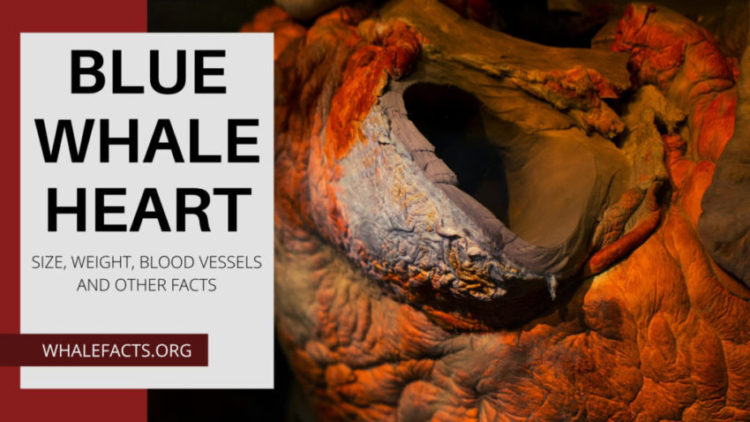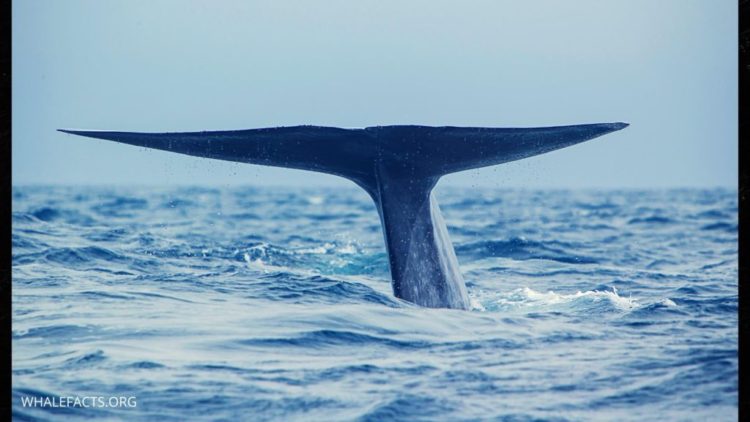The blue whale is a massive creature and is the largest living animal globally, even larger than most dinosaurs.
The largest of the blue whales can measure in at over 100 ft in length and can weigh more than 180 tons at its largest.
In fact, everything about the blue whale is large including its, arteries and heart.
On average most blue whales grow to be around 70 – 90 ft in length, weigh around 100 – 150 tons.
Massive Arteries
To get blood through the blue whale’s large body, it has massive arteries, which pump blood through the heart and into its major vital organs.
The arteries are so large, in fact, that a full-size human could swim through them.
The aorta alone measures in at over 9 inches! The blue whale’s heart can weigh more than 400 lbs.
Heart Size
In terms of size, the blue whale’s heart is about the size of a golf kart or go-kart.
It was previously thought the heart was the size of a Volkswagon.
However, recent measurements bring it closer to the size of a small golf kart or go-kart.
When comparing a human’s heart to the heart of a blue whale, the average size of a human’s heart is about the same as that individual’s fist and weighs less than a pound in most healthy adults.
In contrast, a blue whale’s heart can weigh more than 400 lbs.
Heart Rate
At a rate of 2 – 10 bpm when submerged, the blue whale’s heartbeat can be heard from over 2 miles away.
However, when not submerged a surfaced blue whale’s heart rates measure as high as 25 – 37 bpm.
Notably, the heart rate is considerably influenced based on whether the blue whale is underwater or floating at the surface.
Numerous heart rate recordings also exhibit changing heart rates depending on the particular whale, its size, and its condition.
The large heart and slow heart rate help blue whales manage blood/oxygen levels efficiently during long dives.
As a result, they’re able to hold their breath longer than other animals not adapted for aquatic life.
In comparison to a blue whale, a dolphin’s heart has a heart rate of 35 – 45 beats per minute, and a human’s heart has an average heart rate of around 60 – 100 beats per minute.
If you’ve ever seen a ten-story building, it will give you an idea of just how big the blue whale is overall.
Therefore, it makes sense a blue whale would develop a generous heart to provide adequate blood throughout its body and extremities.
Other Interesting Information About Blue Whales
Even at birth, a baby blue whale is large; measuring in at 25 ft long (the size of an adult killer whale), the baby blue whale can drink up to 150 gallons of milk a day and gain as much as 200 lbs per day in its first year.
To keep its energy up, an adult blue whale can consume as many as 40 million krill per day or 8,000 lbs. of krill daily!
During migration periods, the blue whale can forgo eating for several months, living almost exclusively off the stored energy in its blubber.
Despite the name “blue whale,” this marine mammal actually appears to be closer to a grayish blue coloring.
When you observe a blue whale, the deep blue color is actually because it is submerged underwater, making the whale appear to be a deep blue.
Even though the blue whale is enormous, it has a relatively slender body allowing it to travel up to 30 miles per hour for short bursts when it feels threatened or startled.
The largest confirmed measurement of a blue whale was 109 ft, and the heaviest blue whale weighed an estimated 200 tons.

